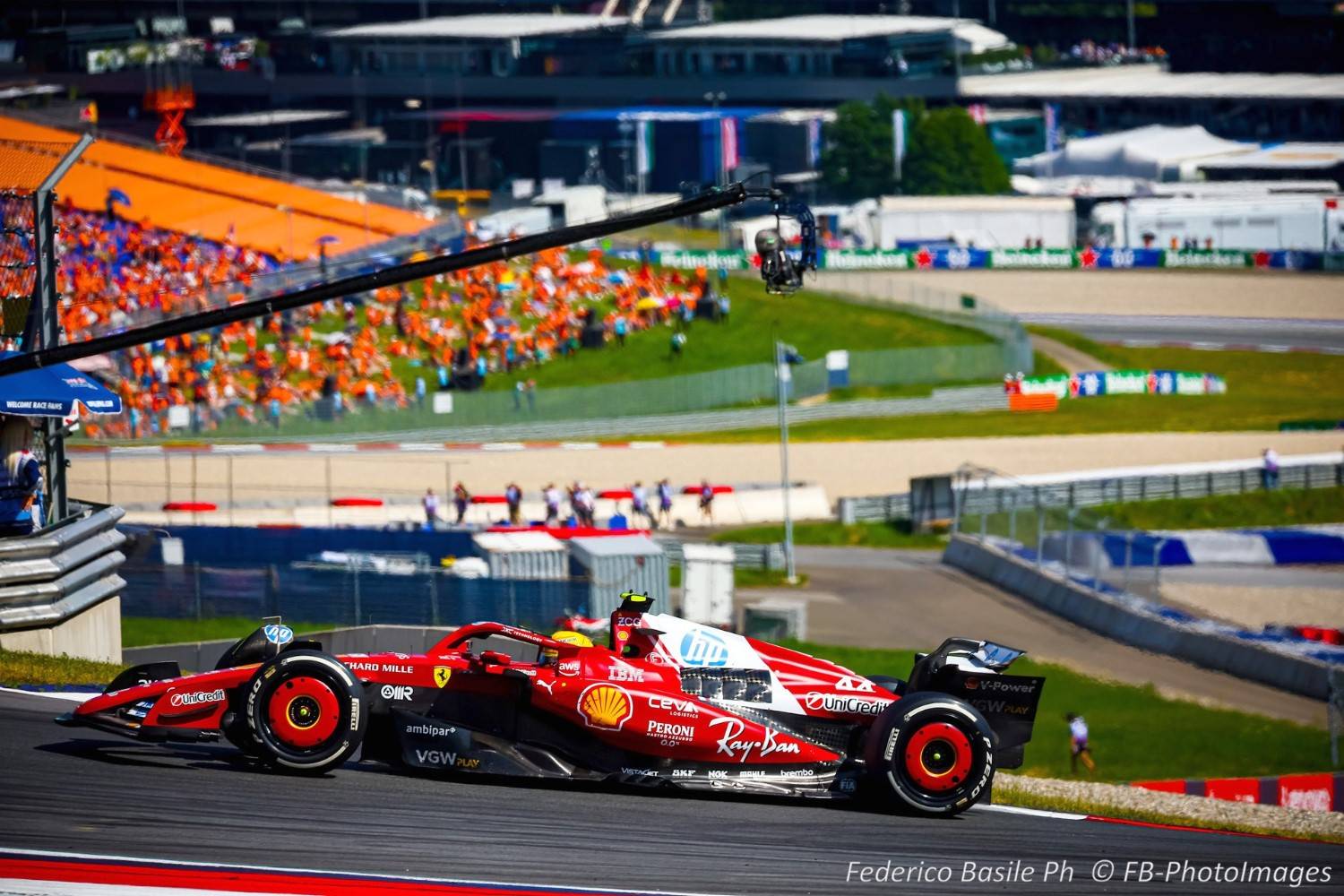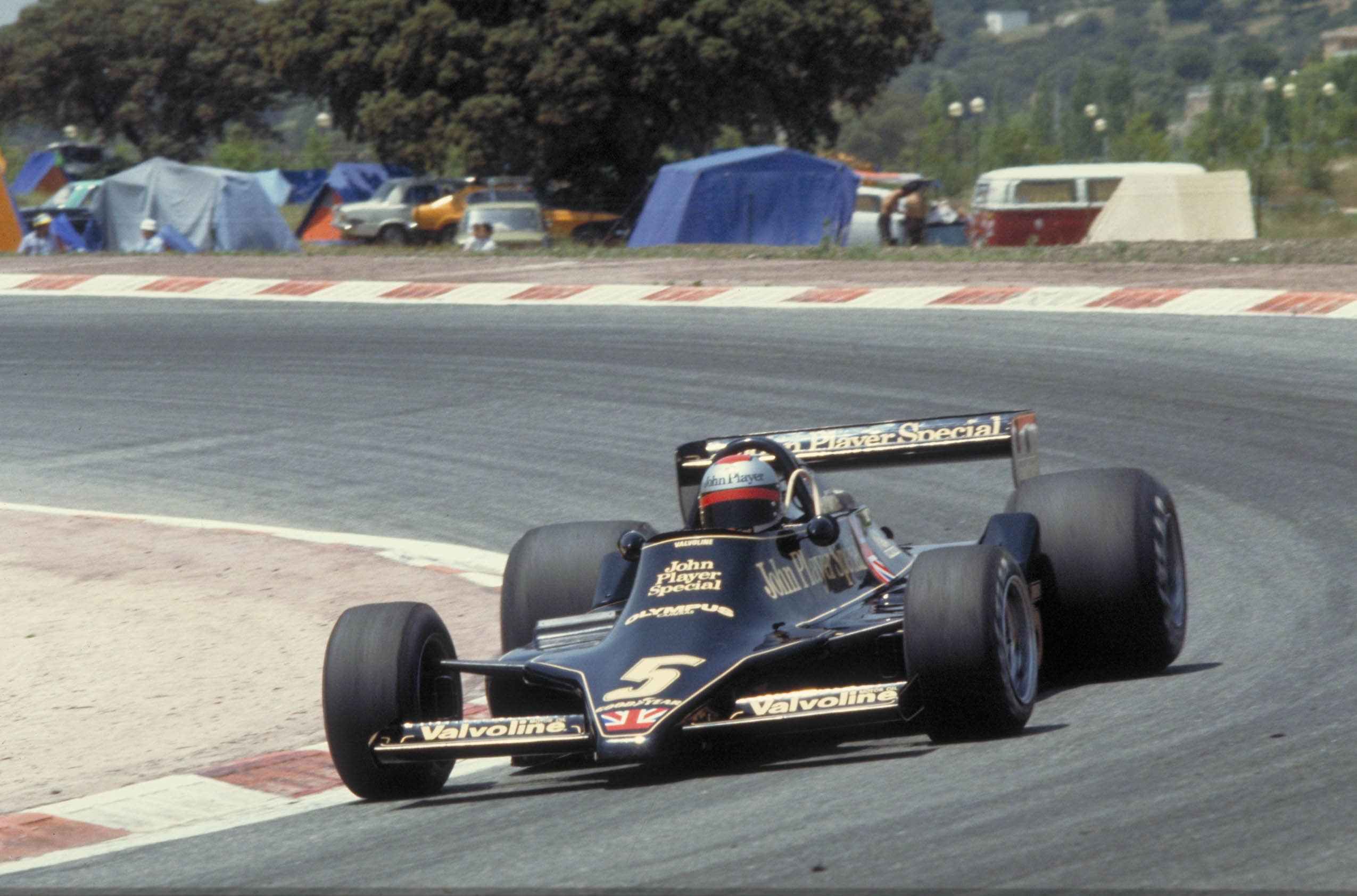From Spoilers to Ground Effect: A Timeline of Aerodynamic Breakthroughs in Racing
What do a 1970s Lotus, a Le Mans prototype, and a modern NASCAR have in common? They’ve all been shaped aerodynamically by the wind.
For decades, motorsport engineers built cars with one goal in mind: to outrun the competition. That meant more power, less weight… and not much else. In today’s racing world, every technical leap calls for a rethink of pieces auto, movable wings, smart diffusers… But back then, aerodynamics was a vague, almost annoying concept. And yet, the air was always there.
1950s – When form didn’t yet follow function
The 1950s were a time of mechanical romance in motorsport. Long, low-slung, hand-painted cars with elegant curves. Design ruled, not for performance, but simply because it looked… beautiful. Air wasn’t an enemy, nor a friend. It was invisible. Ignored. Races were fought against the clock, not the wind.
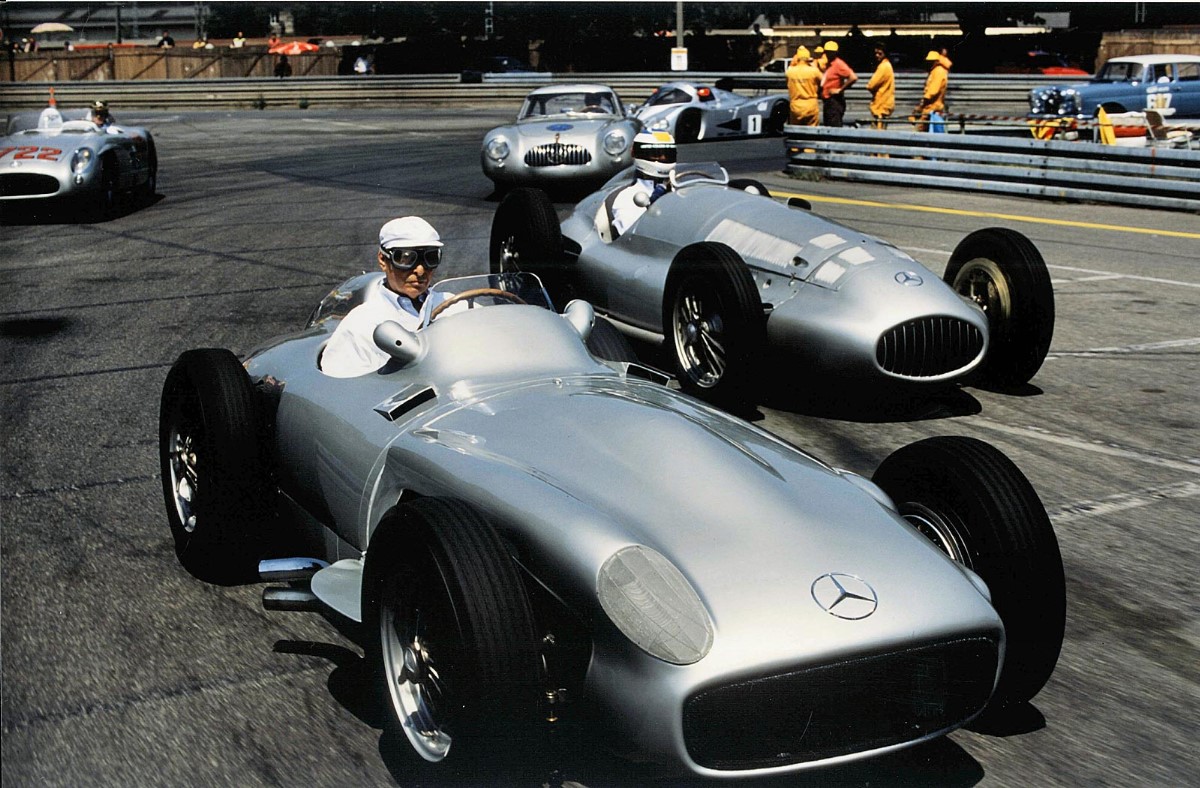
Formula 1 cars of the era, like the Maserati 250F, Ferrari 500, or Mercedes W196, were powerful, light, and fast… but completely exposed to airflow. The same held true at Le Mans, where prototypes dazzled with their beauty, yet carried hidden dangers. Closed bodies with smooth, flowing lines were the norm, with no real testing, no wind tunnels, no data.
Aerodynamics in the 1950s was more gut feeling than science. And that came at a cost: cars lifting off on long straights, or becoming unmanageable with just a touch of crosswind.
1960s – The rise of wings
In the 1960s, motorsport began to see air not as an obstacle, but as a powerful tool to go faster. This decade marked the birth of modern aerodynamics, still in its infancy, but undeniably transformative. For the first time, engineers started asking: what if we used the air to our advantage?
One of the most memorable pioneers was Jim Hall, creator of the Chaparral 2F, a Le Mans prototype with a massive rear wing mounted high on tall, movable supports. It wasn’t pretty. It wasn’t conventional. But it worked.
Formula 1 saw a similar revolution. By the late ’60s, teams like Lotus and Ferrari were bolting tall rear wings directly onto the suspension. The idea was simple: generate downforce, push the car down onto the track to gain grip without adding weight. But the execution? Wild. Thin supports, basic materials, limited understanding. The result: more speed… and more crashes.
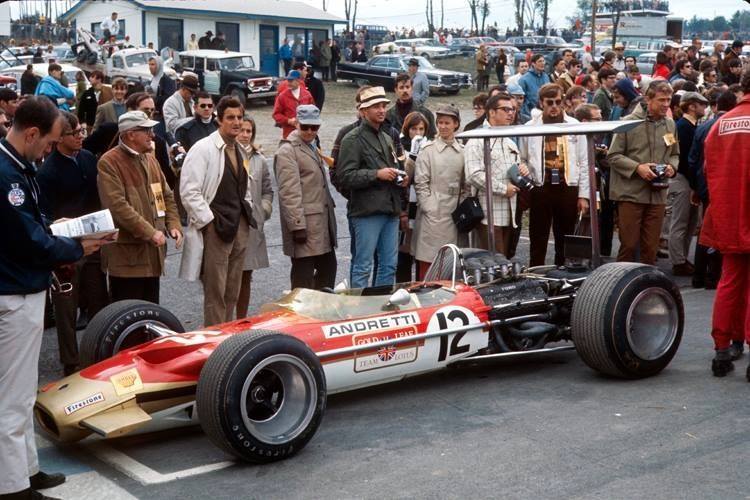
Engineers didn’t have hard data yet. Wind tunnels were experimental, expensive, and rarely used consistently. Decisions were driven by gut feeling, trial and error. Literally. Some wings shattered mid-race. But the seed had been planted.
1970s – Ground effect and the Lotus revolution
If wings were the spark, ground effect was the wildfire. It all began with a bold idea from Colin Chapman, the mastermind behind Lotus.
Until then, downforce was mostly generated from above, wings, spoilers, flaps. But Chapman and his team thought differently. What if the floor of the car could pull it down toward the track? What if the air flowing underneath could create a low-pressure zone that sucked the car to the asphalt, without increasing drag?
That question gave birth to the Lotus 78, the first Formula 1 car to use “Venturi tunnels” built into its side skirts. The body was shaped like an inverted wing, and with the help of flexible skirts, it channeled air under the car to create massive amounts of downforce.
Rival teams watched with envy… and from a distance.
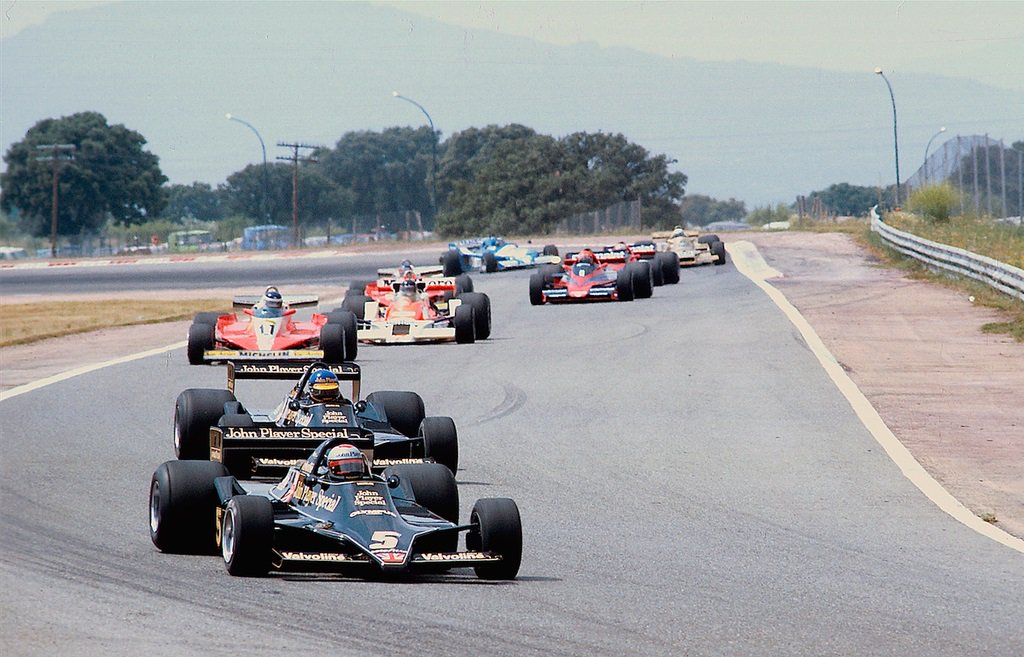
1980s – Regulations and evolution
The 1980s opened with a firm slam on the table from the FIA. Speeds had skyrocketed, cars were behaving like missiles on wheels, and the consequences were becoming dangerously real. In 1983, the governing body banned underbody Venturi tunnels. Movable skirts were gone. Extreme suction was no longer allowed. But creativity? That was just getting started.
The tools were beginning to change. Some teams started dabbling with early flow simulation software, while the wind tunnel was gaining ground as an essential ally. As Formula 1 tried to refine the art of aerodynamics under new constraints, across the Atlantic, NASCAR was just starting to take notice.
Rear wings grew in significance, bodywork became slightly more streamlined, and the word “downforce” stopped sounding like a purely European obsession.
1990s – The digital leap
The arrival of CFD (Computational Fluid Dynamics) in engineering departments forever changed the way race cars were developed.
Top teams like Williams, Ferrari, and McLaren began using simulation software to visualize airflow behavior, predict outcomes, test hundreds of designs in a matter of hours, and fine-tune performance—without building a single physical prototype.
At Le Mans, prototypes became sharper, lower, more aggressive. Cars like the Peugeot 905, Toyota GT-One, and BMW V12 LMR showcased lines honed to perfection.
Motorsport had fully entered the digital age. And at last, air had someone who could speak its binary language.
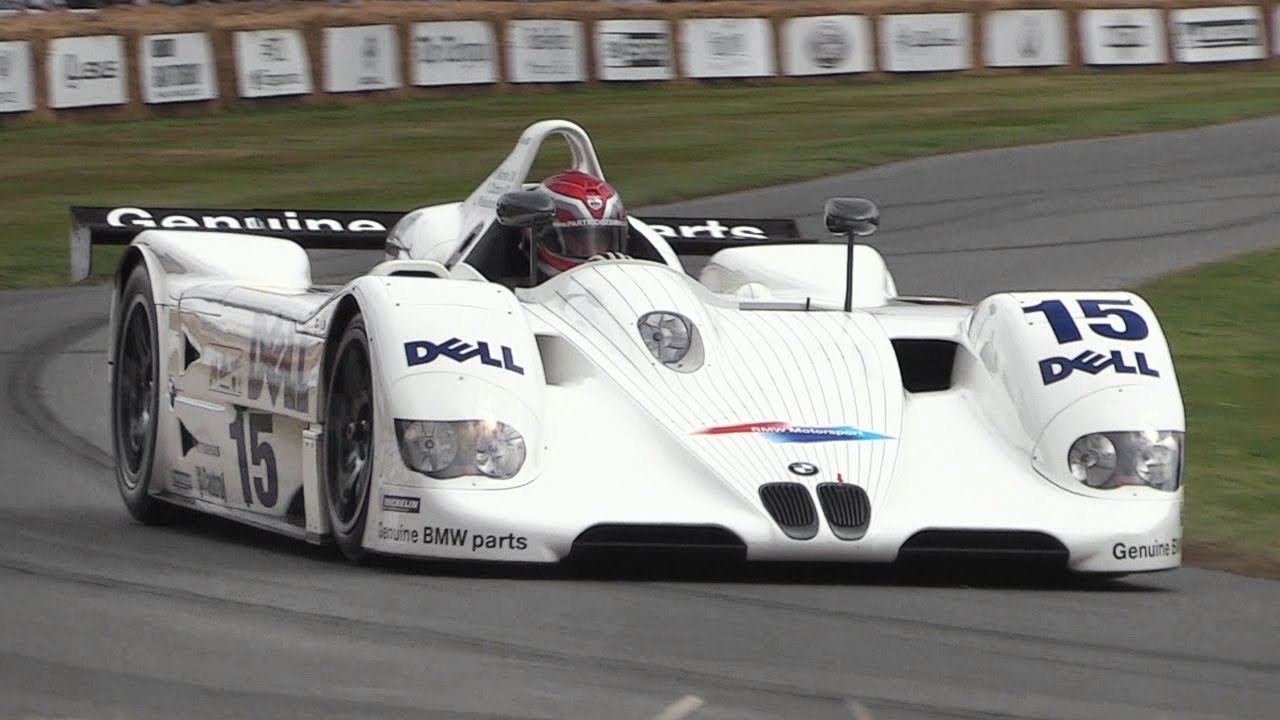
2000s–2020s – From fighting the air to designing with it
Over the past seven decades, the relationship between cars and air has shifted—from a struggle to a strategic alliance.
In the 2000s, CFD merged with wind tunnel testing to fine-tune every detail: diffusers, side flows, front-end balance. Everything could be measured, tested, optimized.
The 2010s pushed aerodynamics even further. Active cars, movable components, intelligent flaps. From F1’s DRS to energy-efficient Le Mans prototypes, every decision became dynamic. Because now, the car could adapt.
Today, in the 2020s, the circle has come full. Ground effect is back—but not like in the ’70s. This time, it’s backed by advanced CFD, machine learning, and fully active aero. NASCAR’s Next Gen, Le Mans Hypercars, and modern F1 machines aren’t just designed—they’re programmed.
Air is no longer something to fight. It’s something to understand. To model. To master.
